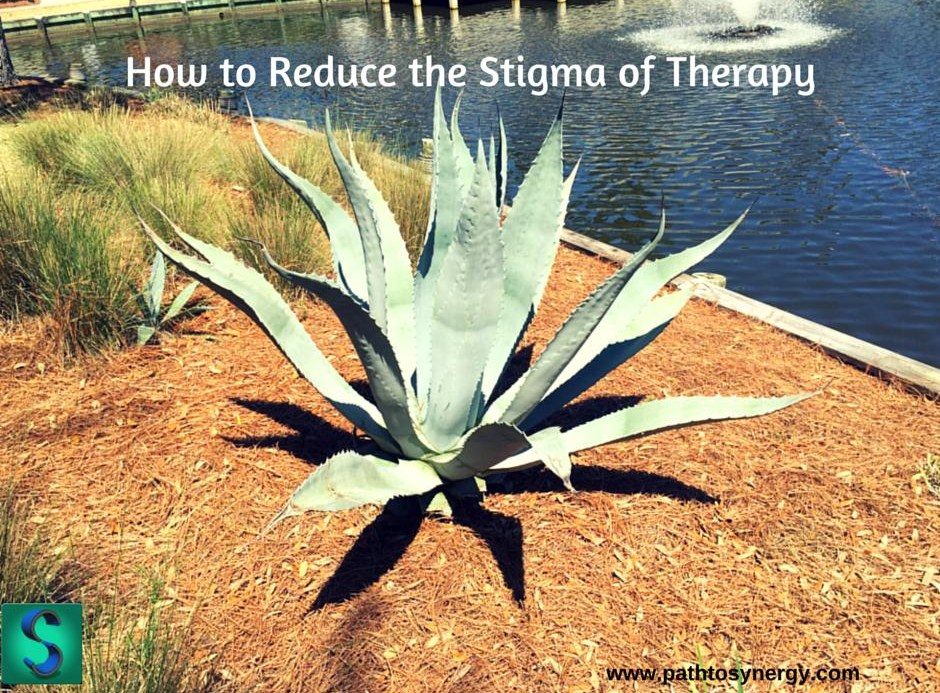Letting Go of Fear

Letting Go of Fear
The question of “how to let go of fear” often comes up with the clients I work with, as well as in my own life of course. I think this is a complicated issue. There are many kinds of fears that exist in our lives, each one presenting specific challenges. In starting this new business I find myself wrestling with lots of professional fears. Questions like – Am I qualified for this? What can I charge? Can I afford to take this professional risk?
These questions are all based on fear of failure or incompetence. The truth is that I have many years of educational and professional experience to draw from and that I am definitely qualified for what I am doing. So why is there still fear?
In my work with individuals regarding professional fears, what often comes up is the fear of pursuing what is most meaningful to them. This fear is often based in belief that says “there are not jobs available,” “the market is too saturated,” “I don’t have the credentials,” or many other beliefs. While some of these fears are more concretely rooted in actual barriers, I believe that letting go of the limiting belief is the first fear to address.
Letting go of limiting beliefs is liberating
Consider the following ideas –
- There isn’t enough (work, money, opportunity etc.)
- There is only scarcity
- All others in my field are competitors
What if we shift our perspective to thoughts like –
- There is more room for my service or business
- Other people in my field can be my collaborators
- There is an abundance of work available
This shift in perspective can of course be applied to other kinds of fears as well, not just professional. Changing a belief or perspective may create some paths to progress. Fear inhibits progress in a number of ways –
- Inhibiting creativity
- Reducing insight and understanding of alternative perspectives
- Acts against motivation for action
How would this shift in perspective open up new opportunities for you?
What I have found in my own life, as well as what works for my client’s, is taking small steps in the direction of a change I want to pursue is the best course of action. It’s easy to say – “you just have to decide to let go of your fear” but this is a bit vague. I think that creating some kind of regular, consistent practice that promotes empowerment can help to reduce fear, as long as it is practiced regularly.
For example, if your practice is to attend networking events in an effort to improve your business and challenge your introversion, then this should be practiced weekly in short periods rather than attending long events but inconsistently.
What I have found in my own life as well as those I’ve worked with is that overcoming any professional fear only opens up new opportunity and possibility. Letting go of fear is empowering. Empowerment is often accompanied by change. If you are choosing to face a fear, be prepared, things may not be the same afterwards. For example, addressing a professional fear may result in the following –
- New awareness about a direction to take
- Career change
- Promotion
- Retirement
- Going back to school
- Increased confidence
Three Tips for Addressing Fear –
- Take time to understand what you really want. What is the fear really based on?
- Taking the time to figure out where the fear comes from and what it is connected to may open up new awareness about a direction to take. Once you understand what you truly want, then start taking small steps in that direction. Do the research to determine some of the steps that you need to take to set you on the path that you want. If you are unsure, consider working with a coach or mentor.
- Set small achievable goals that can be built upon. Put into place a daily routine that works towards overcoming the fear. Prove to yourself that your fear can be conquered, and then your belief in what is possible will change.
Best,
Michael


